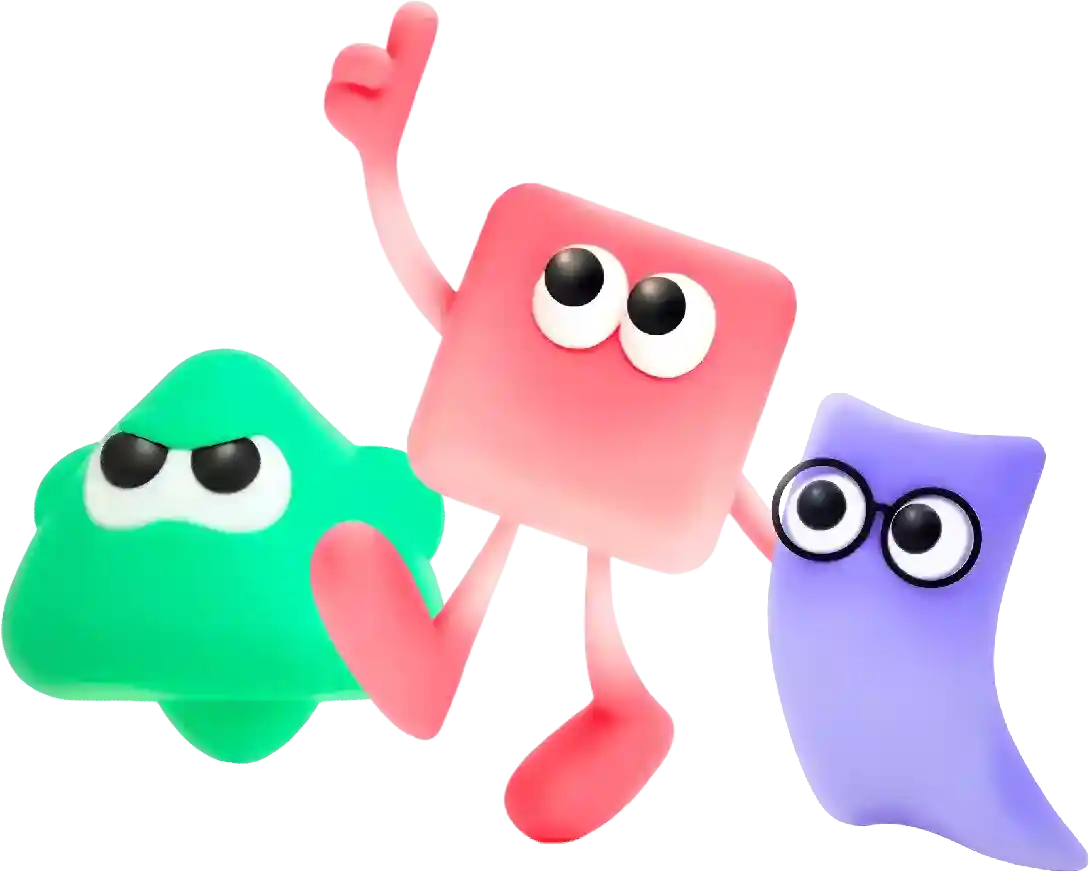Websites from the 90S Quick Guide
In today’s world, there is a growing trend towards ethical consumerism, with more and more people looking for products that are cruelty-free and environmentally friendly. This trend has also extended to the world of e-commerce, with many online shoppers now seeking out websites that are certified as being “beast-free.” This term refers to websites that do not sell products that have been tested on animals or that contain animal-derived ingredients.
The 1990s marked a significant period in the history of the internet, with the rapid growth of websites and the increasing popularity of the World Wide Web. During this time, websites underwent a radical transformation, moving from simple text-based pages to more interactive and visually appealing designs. Websites from the 90s have a distinct aesthetic that reflects the technological limitations of the time, as well as the creativity and innovation of web designers.
One of the defining features of websites from the 90s is their use of bright colors, bold fonts, and flashy animations. These design choices were made possible by the introduction of new technologies such as Adobe Flash and animated GIFs, which allowed web designers to create more dynamic and engaging websites. The result was a visual style that is often described as “tacky” or “cheesy,” but which also has a certain charm and nostalgia for those who grew up using the internet in the 90s.
Another characteristic of websites from the 90s is their reliance on tables for layout. Before the advent of CSS (Cascading Style Sheets), web designers used HTML tables to structure their pages, leading to a grid-like layout with clearly defined rows and columns. This approach made it difficult to create flexible and responsive designs, but it was the best option available at the time. As a result, websites from the 90s often have a rigid and constrained layout that can be jarring to modern users accustomed to more fluid and dynamic web design.
One of the most iconic elements of websites from the 90s is the use of background patterns and textures. From tiled images of stars and stripes to swirling gradients and neon flames, these decorative elements were a popular way to add visual interest to a website. While these patterns may seem garish and outdated by today’s standards, they were a creative solution to the limited design options available in the 90s.
In addition to their visual style, websites from the 90s also reflect the technological constraints of the time. Dial-up internet connections were the norm, with slow loading times and limited bandwidth making it difficult to access large files or multimedia content. As a result, websites tended to be text-heavy and light on images, with simple navigation and minimal use of multimedia elements. This focus on functionality over aesthetics gave websites from the 90s a stripped-down and utilitarian quality that is in stark contrast to the visually rich and interactive designs of today.
Despite their limitations, websites from the 90s were a testament to the creativity and ingenuity of web designers at the time. Without the sophisticated tools and technologies available today, designers had to rely on their skills and imagination to create engaging and user-friendly websites. From personal homepages to corporate websites, the internet was a playground for experimentation and innovation, with websites serving as a reflection of the individuality and personality of their creators.
One of the most enduring legacies of websites from the 90s is their sense of community and connection. Before the rise of social media and the dominance of large-scale platforms like Facebook and Twitter, the internet was a decentralized and diverse landscape of independent websites and forums. Users could create their own websites, share their interests and passions, and connect with like-minded individuals from around the world. This sense of community and collaboration is a hallmark of websites from the 90s, creating a sense of nostalgia and camaraderie among those who remember the early days of the internet.
In conclusion, websites from the 90s are a fascinating and nostalgic glimpse into the early days of the internet. With their bold colors, quirky animations, and innovative design choices, these websites reflect the creativity and innovation of web designers at the time. While their design may seem outdated by today’s standards, websites from the 90s continue to hold a special place in the hearts of those who remember the excitement of exploring the World Wide Web for the first time. As a reminder of how far the internet has come and a testament to the enduring power of creativity and community, websites from the 90s will always have a unique and cherished place in the history of the web.
In conclusion, AI website builders are a valuable tool for individuals and businesses looking to create a professional website quickly and easily. Platforms such as Wix, Squarespace, WordPress, and Weebly offer AI technology to assist users in designing and customizing their websites, making it accessible to those with or without technical skills. With customizable templates, drag-and-drop interfaces, and e-commerce capabilities, AI website builders provide a comprehensive solution for anyone looking to establish an online presence. As seen on Reddit, these platforms have received positive feedback for their user-friendly interfaces, customizable designs, and AI integration, making them a top choice for website building in today’s digital age.

